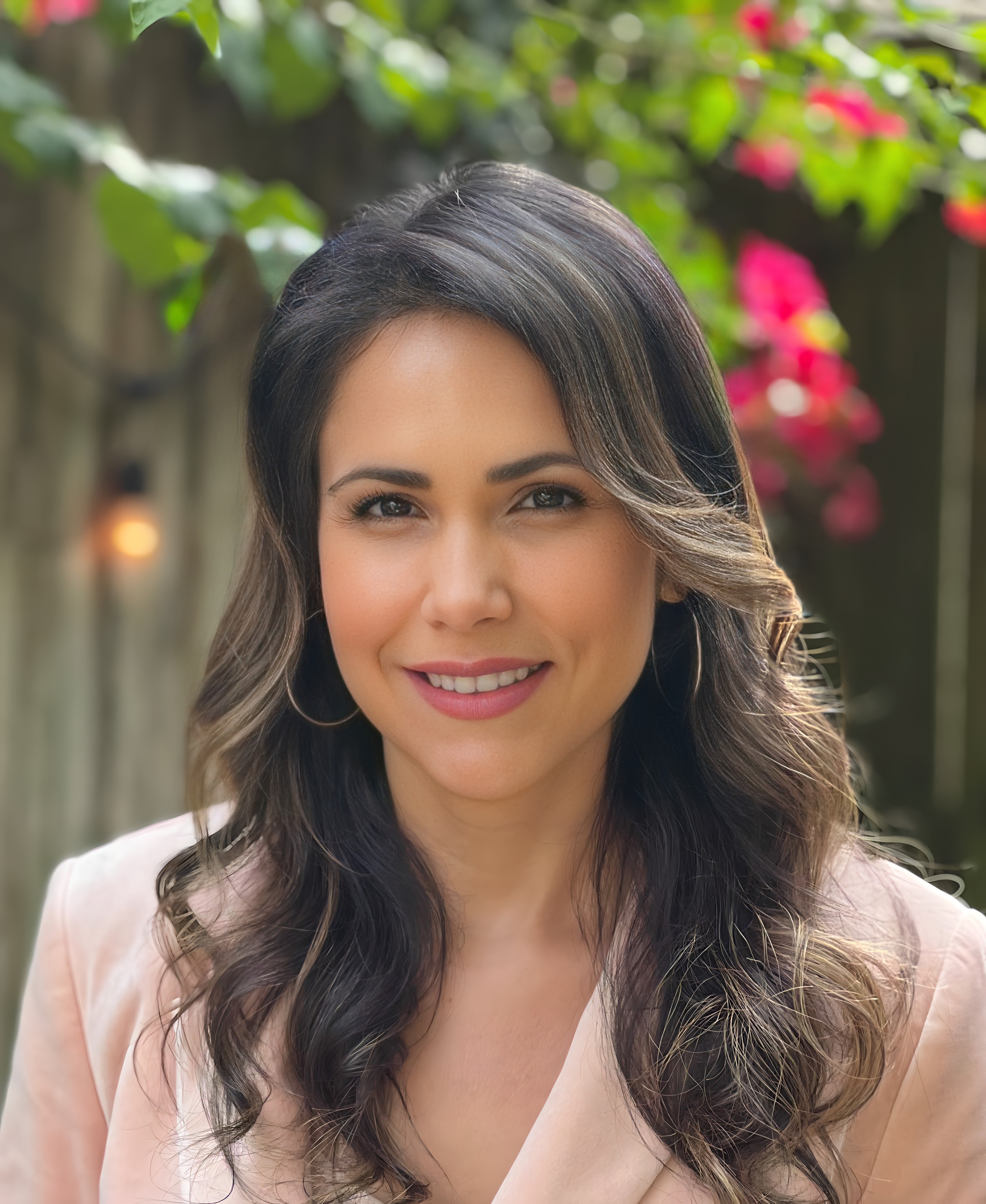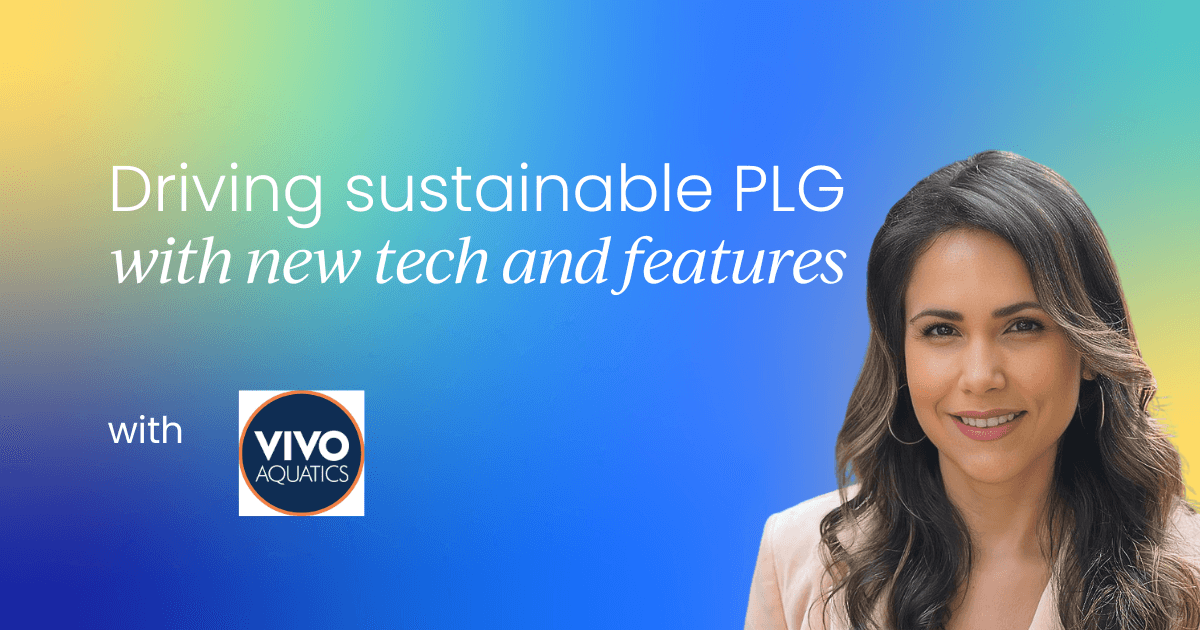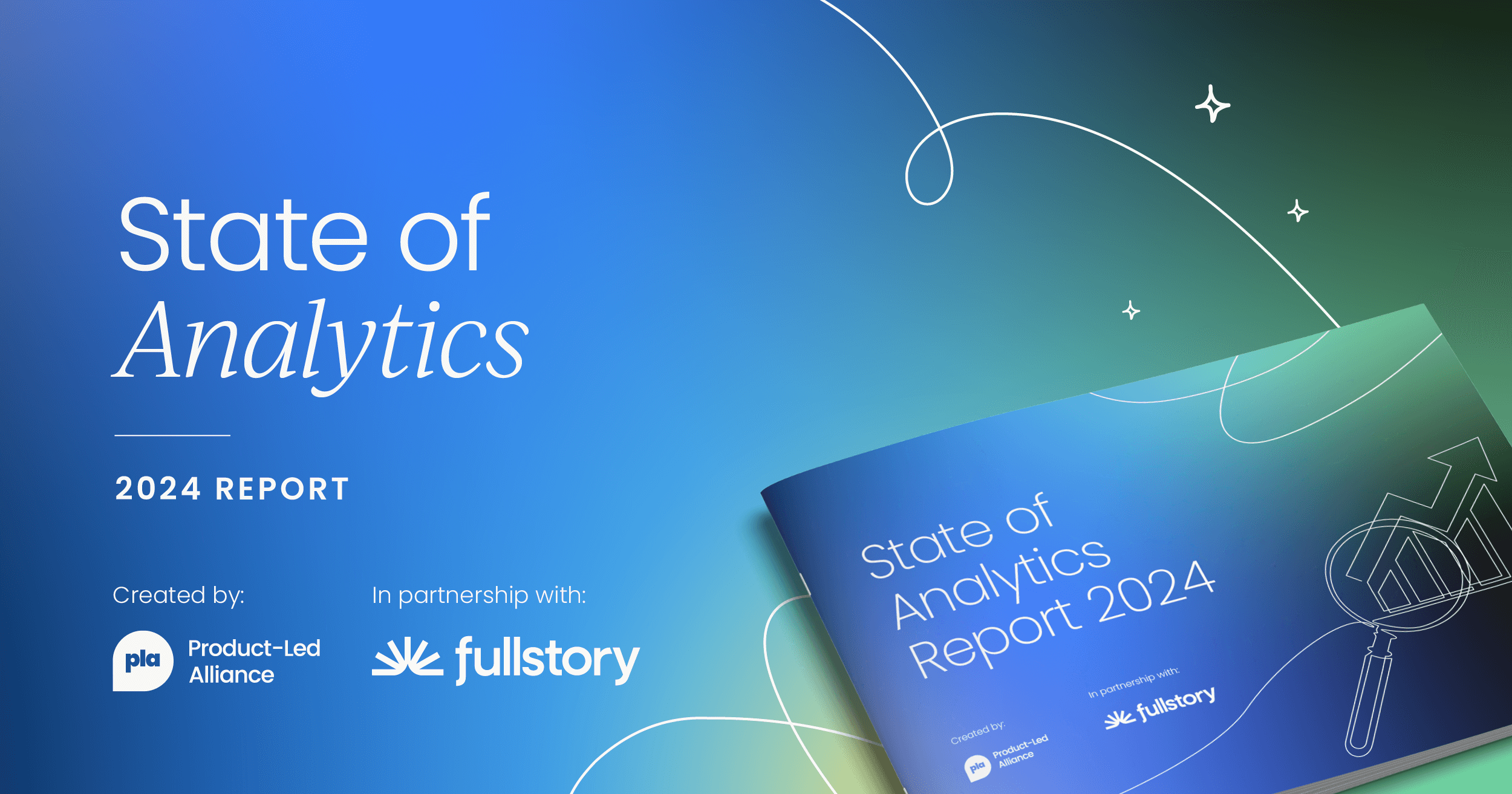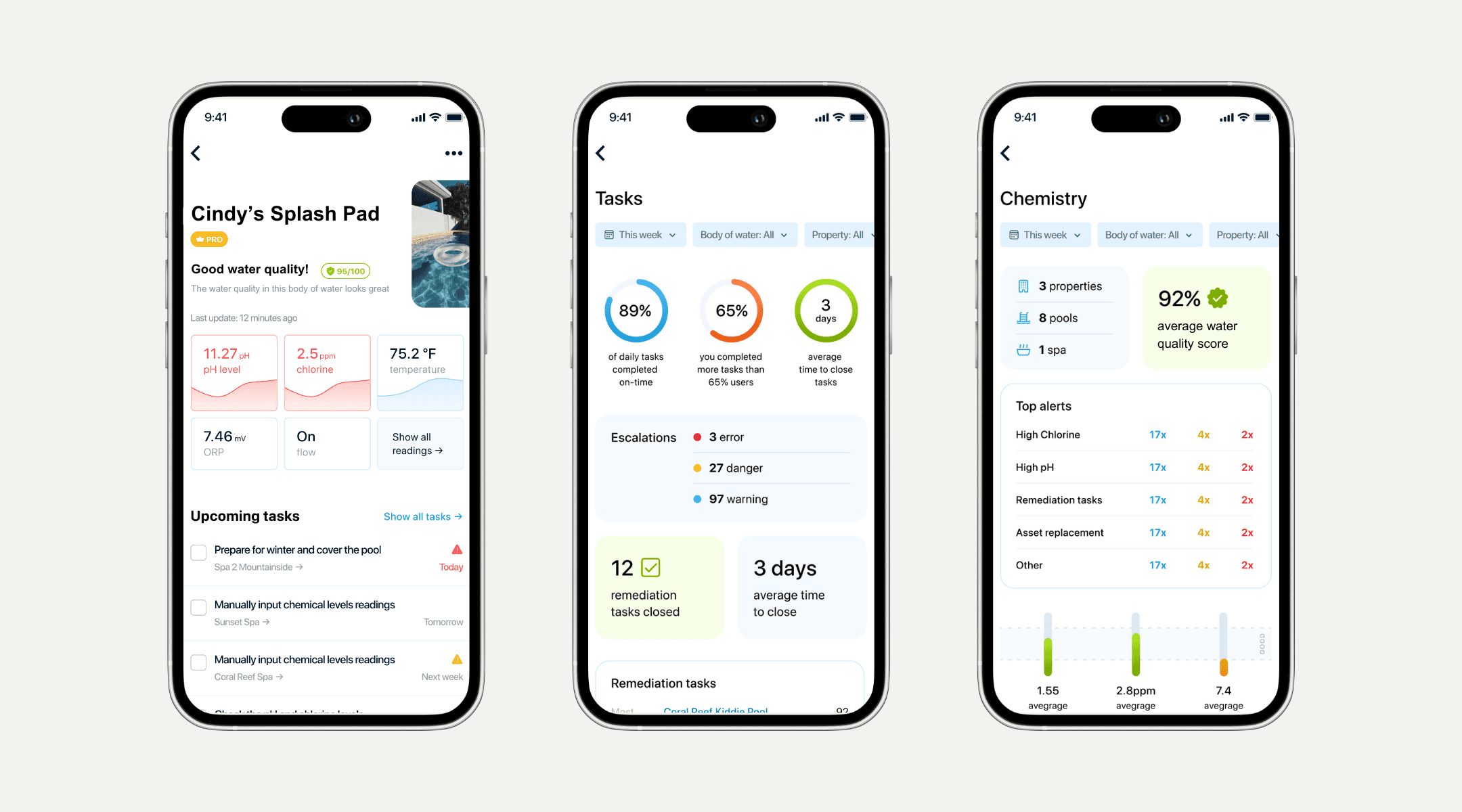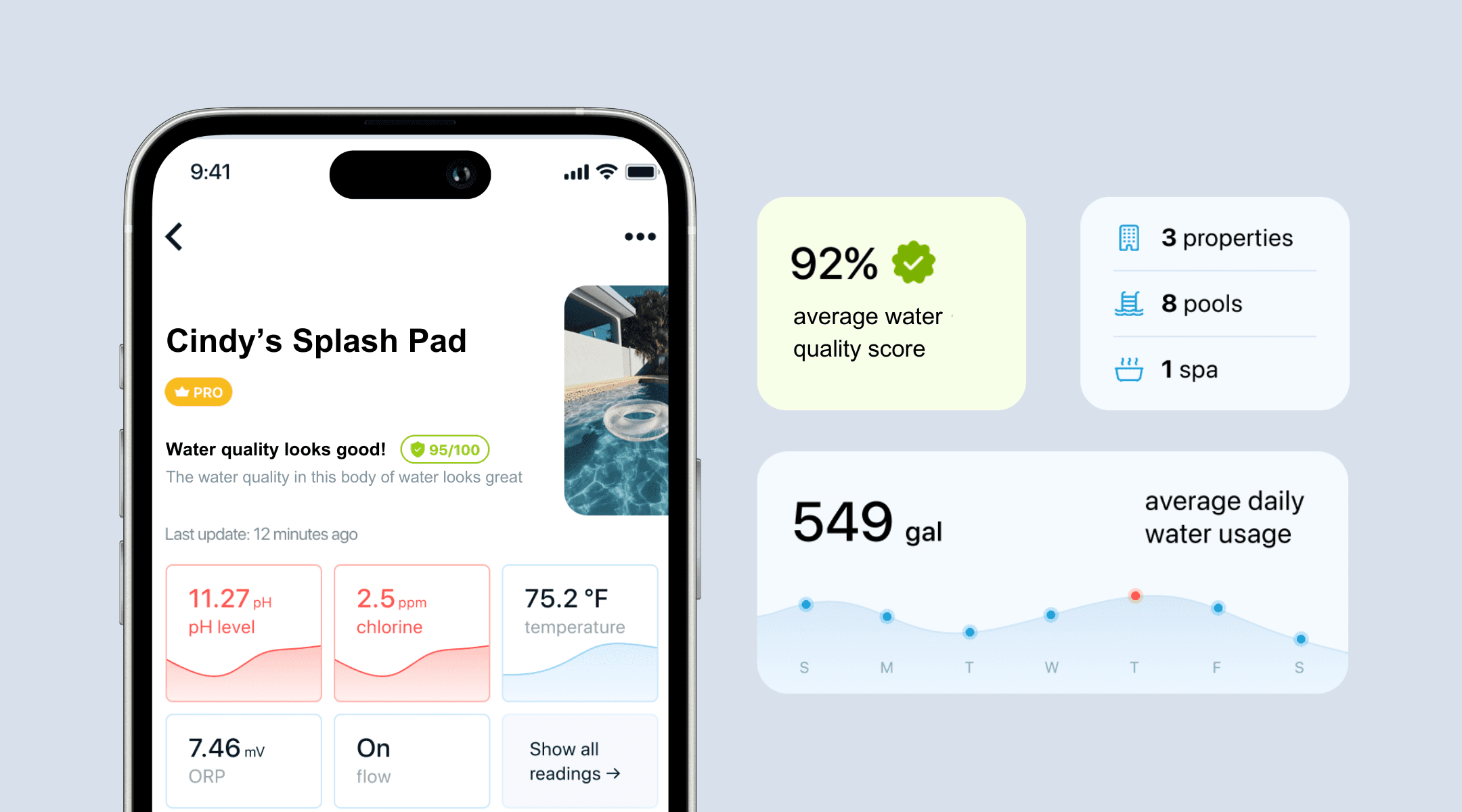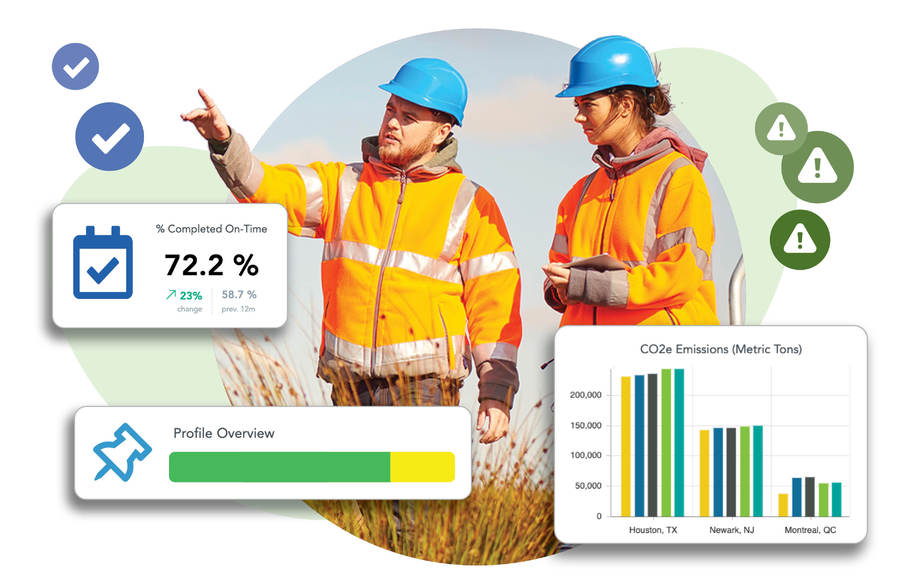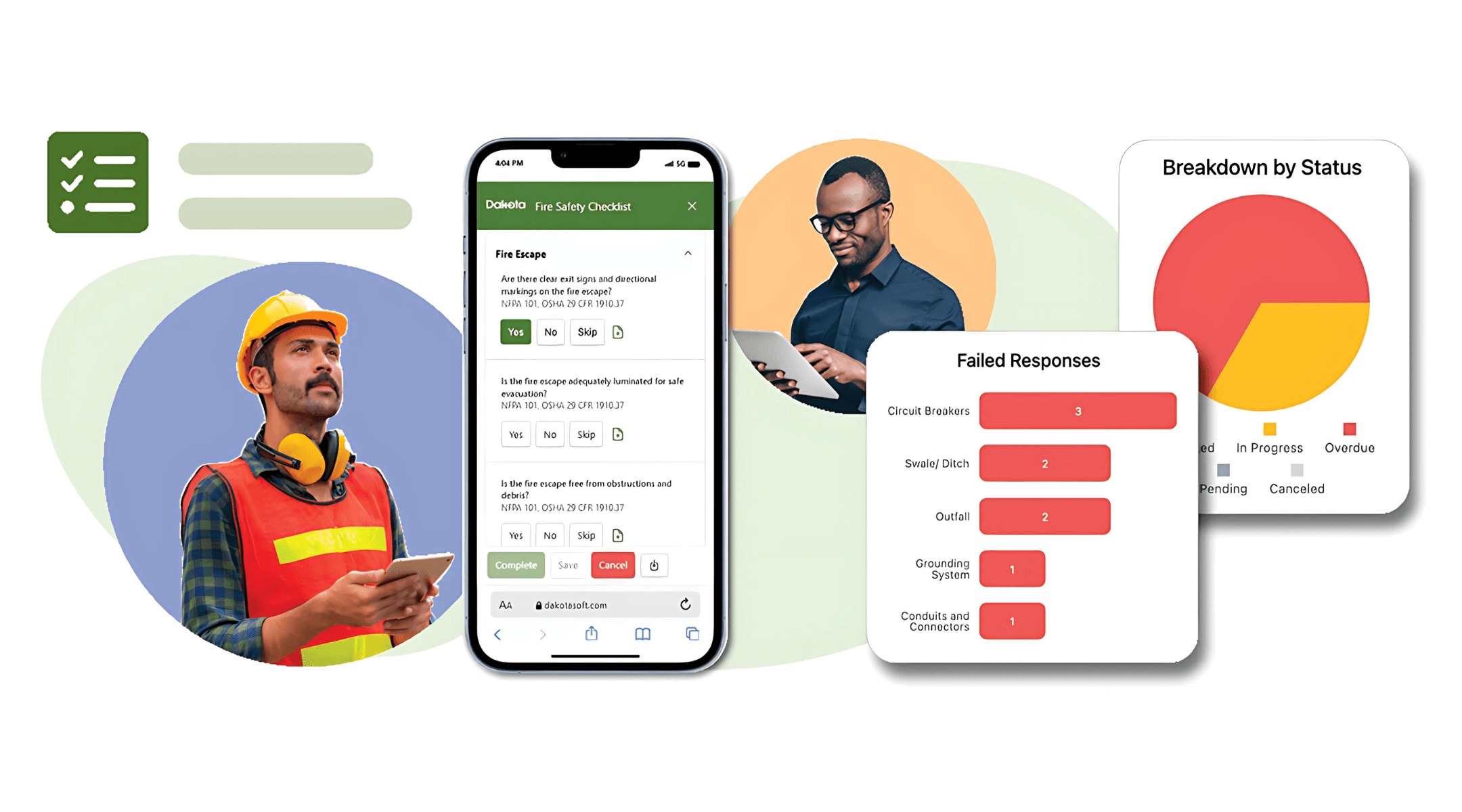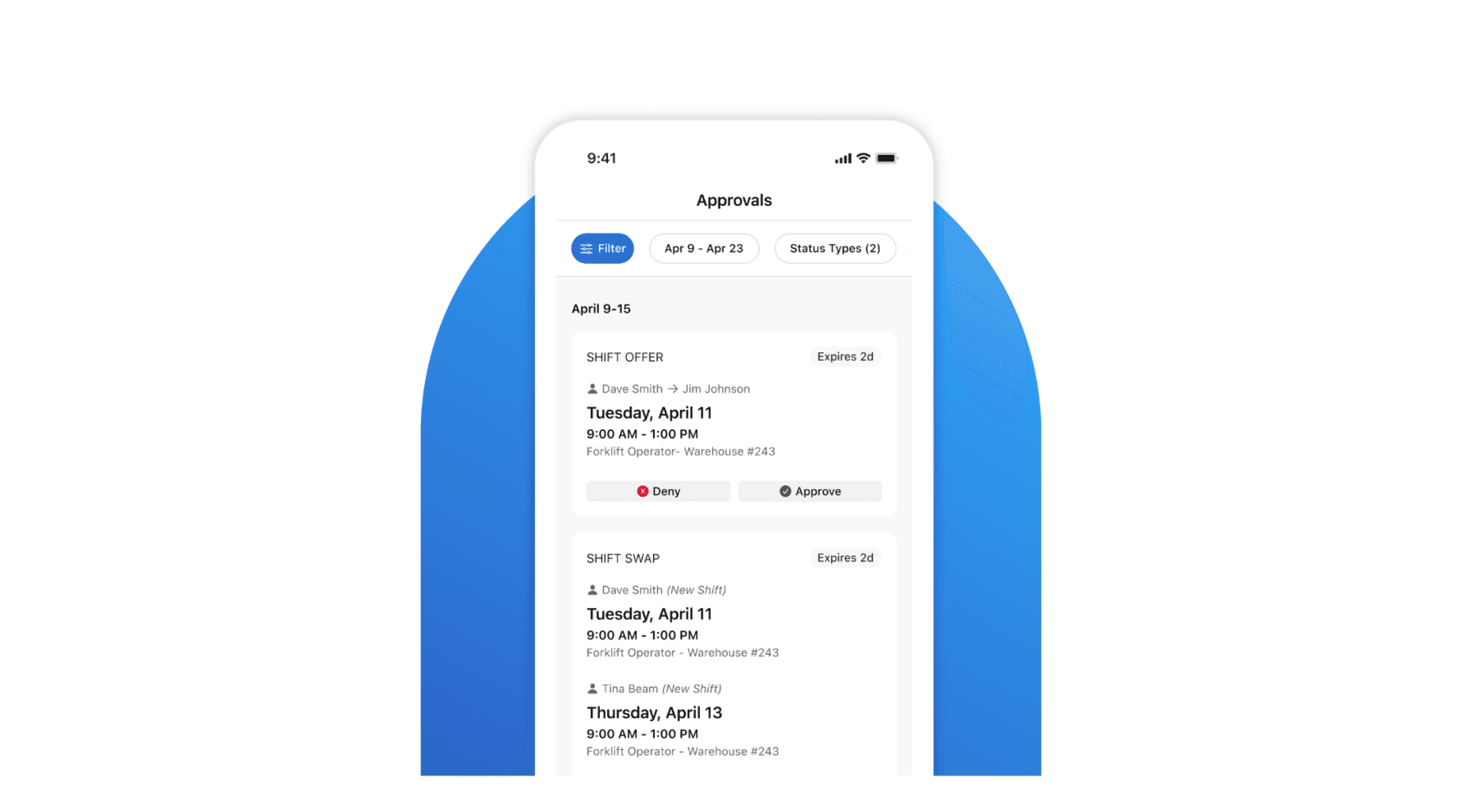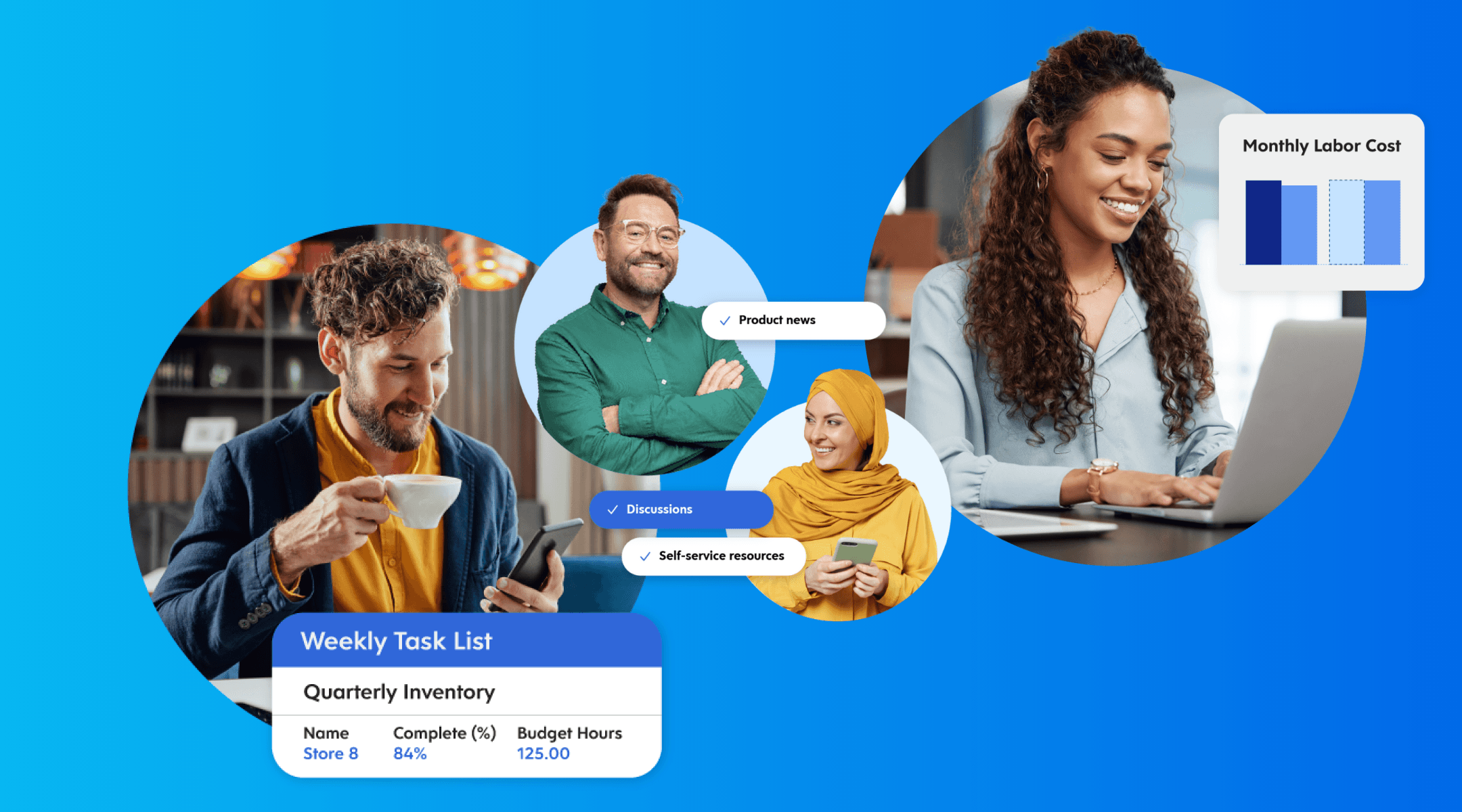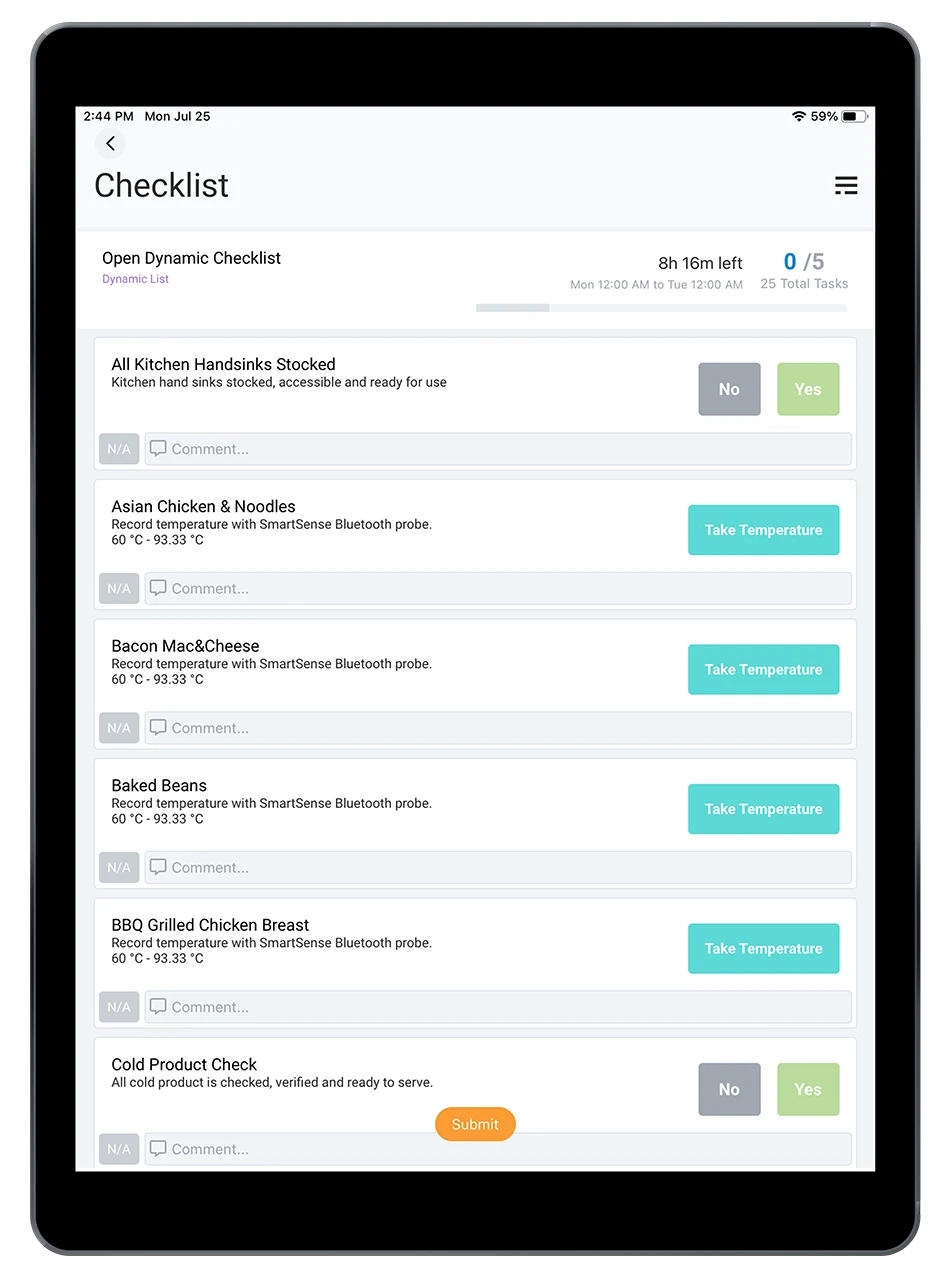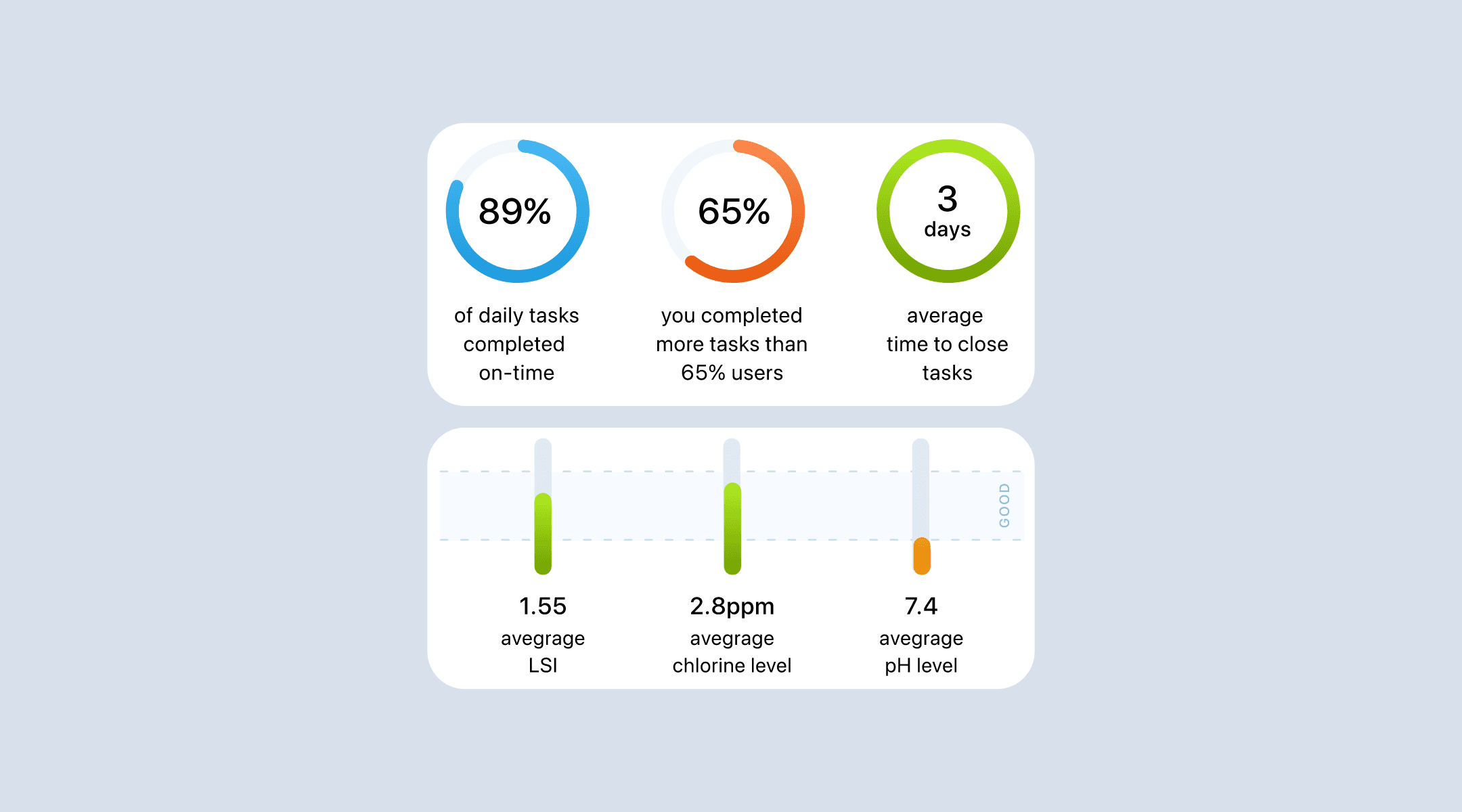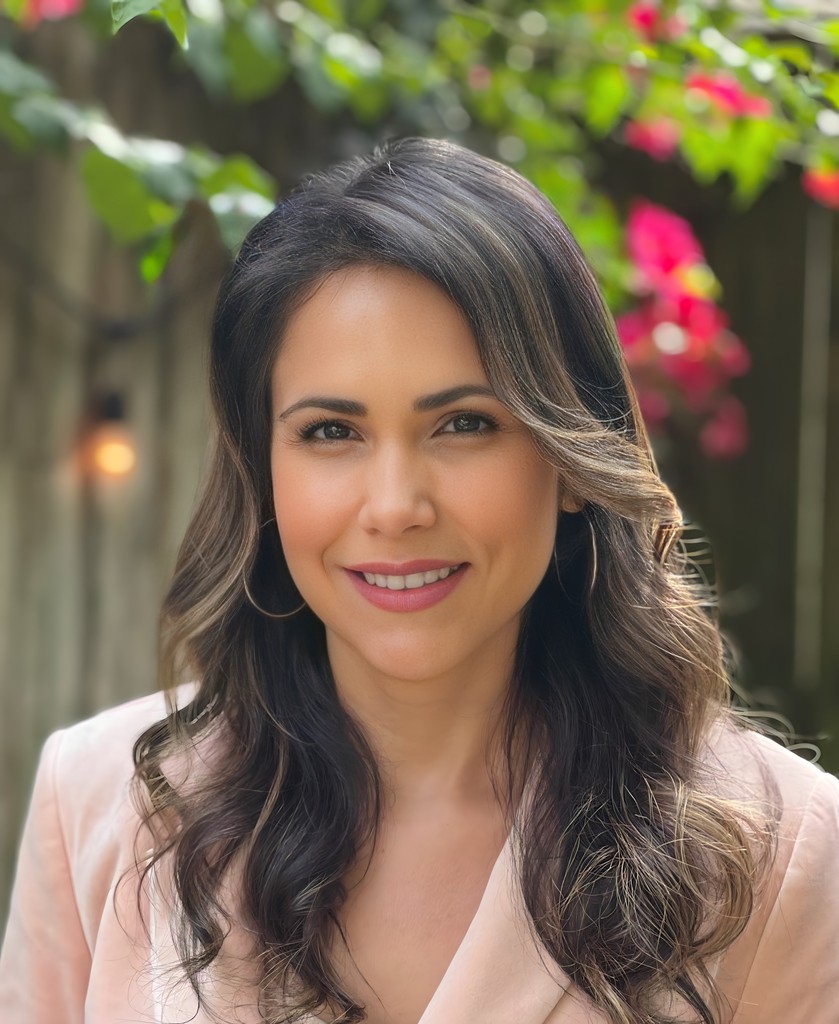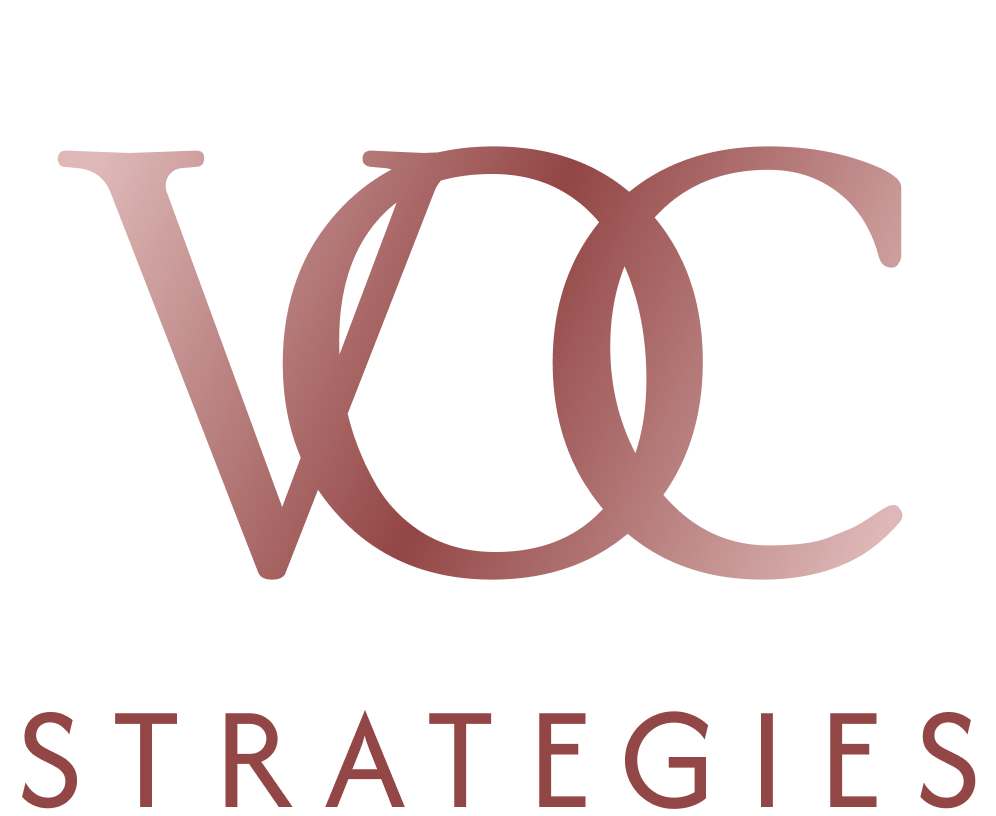Product Marketing
Fireside Chat with the Product Marketing Alliance: Listening to Customers and Validating Ideas
Learn how to generate and validate product ideas! This fireside chat with Cindy Camacho of VOC Strategies covers customer insights, market research, internal collaboration, and experimentation to ensure your product aligns with market needs and customer pain points.
/ / / / / / / /
Transcription below:
What strategies do you use to generate and validate new product ideas?
Every great product starts with listening. Listening to customers, listening to internal teams, and listening to market trends.
My approach involves a combination of Voice of the Customer (VOC) research, competitive analysis and internal feedback loops to generate and validate ideas. While experimentation and testing allows me to validate ideas early before committing resources. Let’s expand on these a bit more.
✔ Customer Insights:
I rely on customer interviews, support tickets, and FullStory (or similar tools) to identify friction points.
✔ Market and Competitive Research:
I analyze what’s trending, what competitors are offering, and where gaps may exist.
✔ Internal Collaboration:
Sales, support, and success teams are closest to the customers and they provide invaluable insights to generating and validating product ideas.
✔ Experimentation:
I validate ideas through quick prototypes, beta tests, or even an MVP before investing heavily in development.
The key is ensuring data, not opinions, drive decisions, which is why I rely on a mix of qualitative and quantitative research.
How do you ensure a new product idea aligns with market needs and customer pain points?
Alignment starts before development. I focus on three pillars to help me: Customer Validation, Market and Competitive Fit and Feasibility and Business Impact.
Customer Validation:
Before a single line of code is written, I test the concept with actual users.
I conduct interviews, send surveys, and run small-scale experiments.
Market and Competitive Fit:
Even if customers like an idea, it has to be viable in the market.
I evaluate demand, price sensitivity, and differentiation opportunities.
Feasibility and Business Impact:
A great idea means nothing if it’s not technically feasible or profitable.
I work closely with engineering, finance, and leadership to ensure it makes sense.
Essentially, my framework is simple:
Do people want it? (Customer validation)
Will they pay for it? (Market fit)
Can we build and sustain it? (Feasibility)
If an idea fails any of these three checks, it needs to be refined or discarded.
Latest
From the Blog
Discover fresh insights, practical tips, and empowering stories to help you on your journey towards launching meaningful products!
